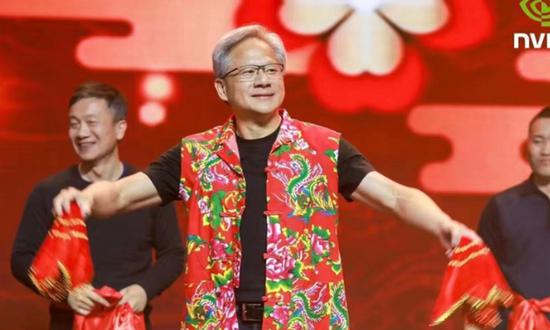
Jensen Huang, president and CEO of Nvidia, dances in a Harbin-style cotton coat at a gala in Shanghai. (Photo/yicai.com)
Videos that circulated on social media showing Jensen Huang, president and CEO of Nvidia, dancing in a Harbin-style cotton coat were proven to have happened at the company's 2024 Beijing New Year Party in the past week, several media outlets reported, citing insiders of Nvidia.
Huang also visited Nvidia's offices in Beijing, Shanghai and Shenzhen in South China's Guangdong Province last week in a low-key manner.
This was Huang's first visit to the Chinese mainland in several years. In June 2023, media reports said that Huang would visit the Chinese mainland and several companies, but the trip did not take place.
During Huang's trip, he did not meet with government officials or release major business announcements. His main purpose was to "have a good time" with Chinese employees, Nvidia confirmed to financial media outlet yicai.com on Sunday.
Huang's "quiet" visit to the mainland could probably be aimed at appeasing clients, as the mainland market is too big to simply cede to a competitor. Meanwhile, customers from the mainland are not satisfied with Nvidia's redesigned chips specifically for the Chinese market due to U.S. chip export controls. Nvidia needs to constantly adjust its strategy to adapt to the changing market environment, industry insiders said.
As the CEO of Nvidia, Huang may want to personally understand the situation of the Chinese market in order to better adjust the company's strategy and products, Zhang Xiaorong, director of the Beijing-based Cutting-Edge Technology Research Institute, told the Global Times on Sunday.
The size of the artificial intelligence (AI) chip market in the mainland is about $7 billion, and Nvidia's market share is more than 90 percent, according to Reuters.
In the past two years, the U.S. government has imposed export controls on Nvidia's high-end AI chips to the Chinese mainland.
According to Nvidia's financial results, revenue in the Chinese market, including the mainland, Hong Kong and Taiwan, accounted for 47 percent of its total during the period from February 2022 to January 2023.
However, for the fourth quarter in 2023, Nvidia said its sales in the Chinese market were expected to have declined significantly.
On January 8, Nvidia unveiled three new desktop graphics chips at the Consumer Electronics Show in Las Vegas, saying that the capabilities of its new products wouldn't trigger rules put in place by the U.S. government to limit the export of AI-related chips to China, according to Bloomberg.
Nvidia plans to begin mass production in the second quarter of 2024 of an AI chip it designed for China to comply with the latest U.S. export rules, Reuters reported, citing people familiar with the matter.
"Huang's trip may have been in response to U.S. government restrictions on Nvidia's exports of chips to China. Nvidia may need to seek cooperation with local Chinese players to ensure that its products have access to the Chinese market," said Zhang.
Forging closer partnerships with Chinese companies will also help Nvidia stay competitive in the global market, as the supply chain in China is becoming more and more complete and mature, Zhang noted.
Huang's trip may have had something to do with Chinese tech giants such as Alibaba and Tencent, Nvidia customers that have been turning to local semiconductor suppliers, a Shenzhen-based industry insider who declined to be identified told the Global Times on Sunday.
"These tech companies are shifting some of their chip orders to local companies to reduce their dependence on U.S. chipmakers. Therefore, Huang's visit to China may be aimed at forging partnerships with these companies to maintain Nvidia's market share in China," the insider said.
More and more Chinese companies are seeking chips from domestic producers, amid tough semiconductor export restrictions to China imposed by the U.S.. The reliance on imported chips was thus largely reduced.
According to statistics from the General Administrative of Customs of China, the country imported 479.5 billion chips in 2023, down 10.8 percent year-on-year, with a value of $349.4 billion, down 15.4 percent from 2022.
"Although the demand for low-end consumer electronics chips weakened in 2023, the U.S. export ban on high-end artificial intelligence chips, which are in greater demand, remained a major cause that led to a sharp decline in China's chip imports," the insider said.
As a result, orders rushed to Chinese foundries in recent months amid tighter U.S. restrictions on China's semiconductor industry. At the same time, Chinese chipmakers were racing to replace foreign-made semiconductor equipment with domestic equipment, with domestic manufacturers winning a far higher proportion of bids in China's wafer foundries in 2023 than in previous years, the insider pointed out.
According to industry association SEMI, Chinese chip manufacturers are forecast to start operations at 18 projects in 2024, with capacity growing from 7.6 million wafers per month in 2023 to 8.6 million wafers per month in 2024.
The Shenzhen-based insider noted that the increased localization of the semiconductor industry in China is natural, as everyone in the industry expects that the U.S. restrictions on technology exports are unlikely to be eased, so it is important to be self-reliant.









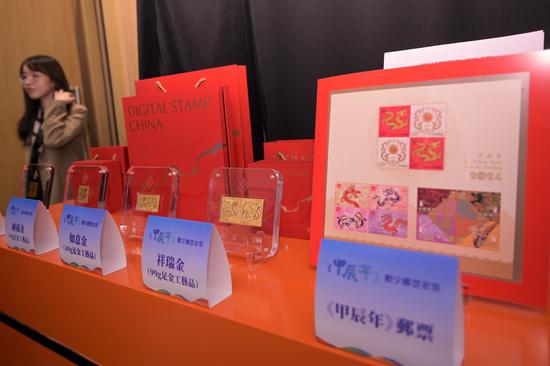



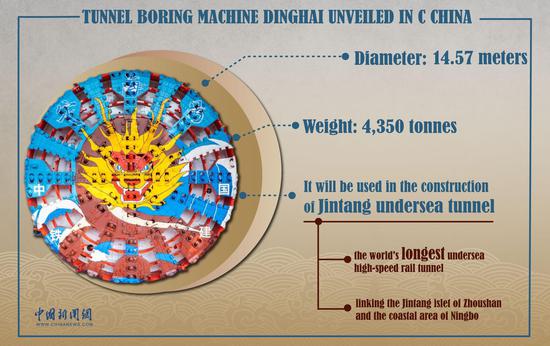
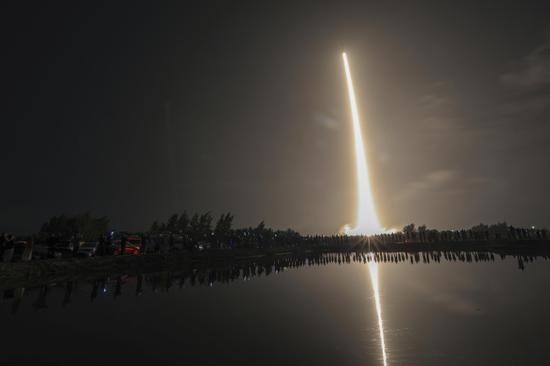




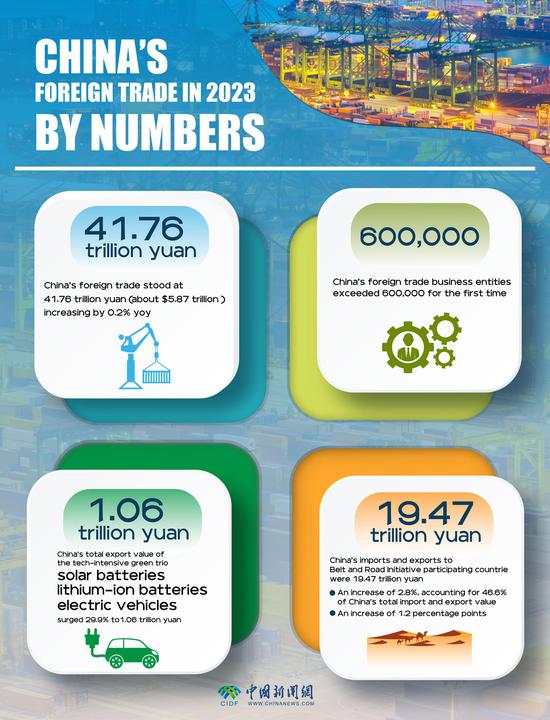










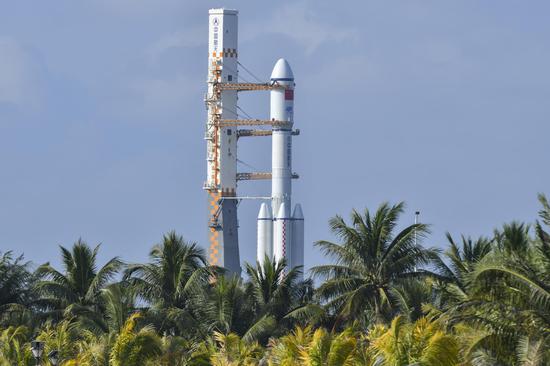





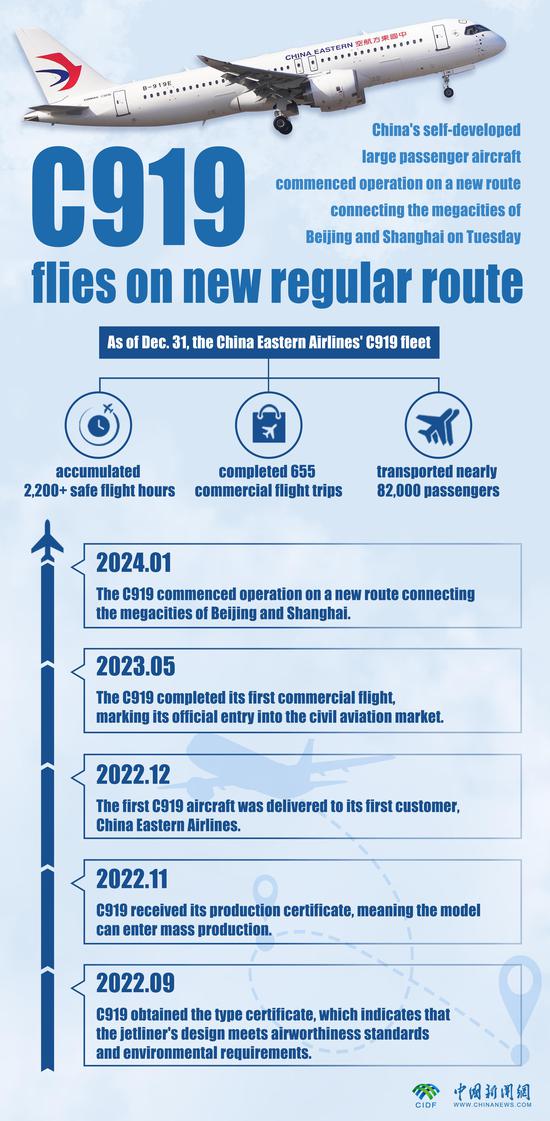
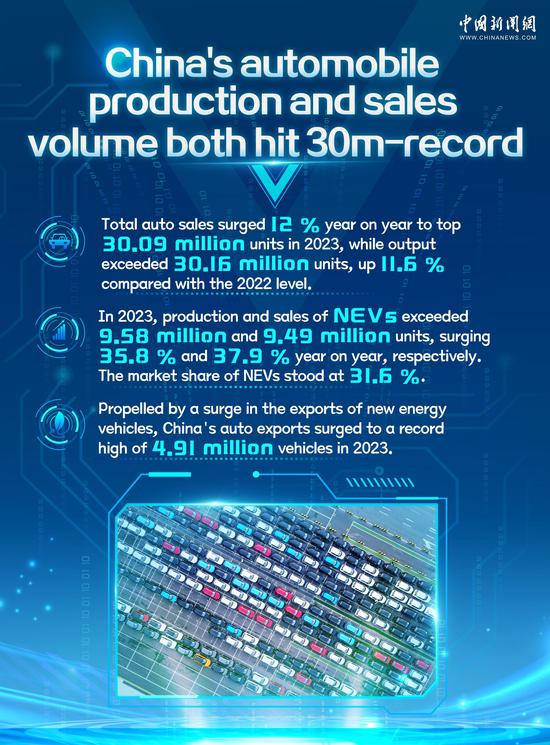




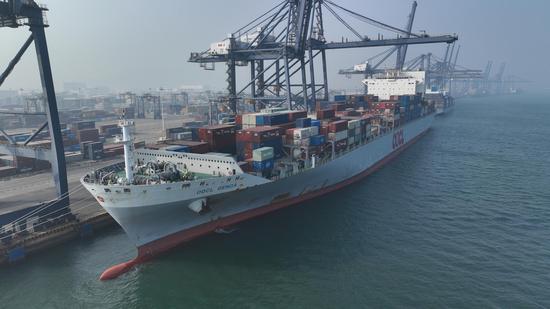







 京公网安备 11010202009201号
京公网安备 11010202009201号